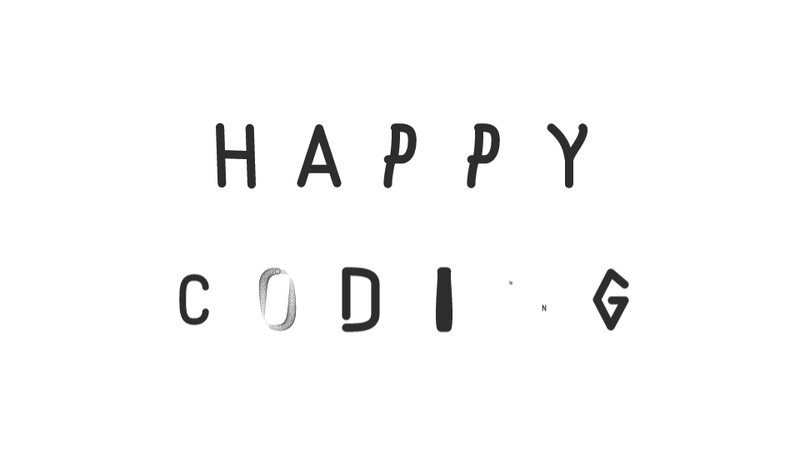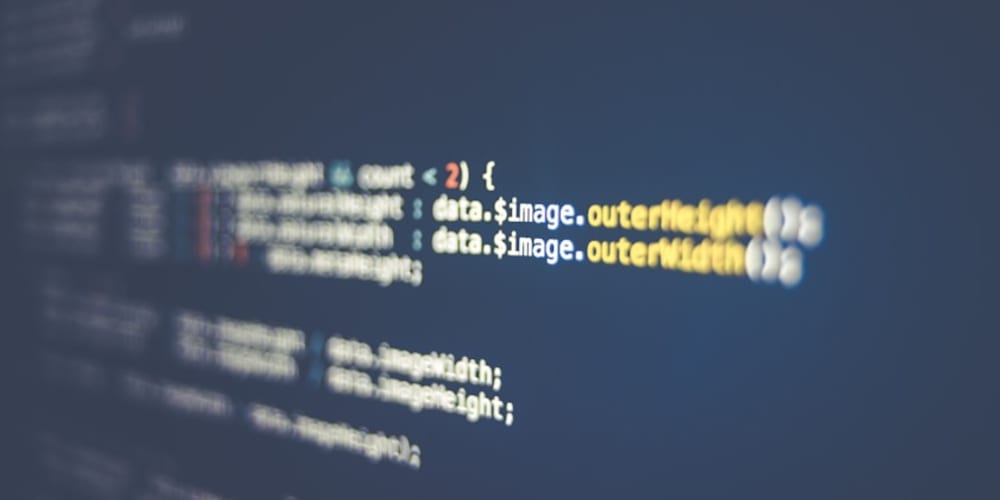Welcome to an exciting journey into the world of React's useReducer hook! In this sequel to our previous article, we'll explore how useReducer empowers us to manage state more efficiently in React applications.
Get ready for a rewarding adventure as we delve into the remarkable capabilities of the useReducer hook. Let's uncover its secrets and discover how it simplifies state management in React! 🚀
🎣 React's useReducer hook is a powerful tool that enables us to handle complex state logic in our applications. Unlike the more commonly used useState hook, useReducer is especially useful when managing state transitions that involve intricate data or multiple pieces of information.In this article, we'll explore the useReducer hook, its syntax, and provide a real-life scenario to demonstrate its benefits.
Understanding the useReducer hook
The useReducer hook is a function provided by React that allows us to handle state updates using a reducer function. A reducer function is basically a pure function that takes the current state and an action as arguments and returns a new state. It follows a well-defined pattern:
function reducer(state, action) {
switch (action.type) {
case 'ACTION_TYPE_1':
// return updated state for ACTION_TYPE_1
break;
case 'ACTION_TYPE_2':
// return updated state for ACTION_TYPE_2
break;
// Additional cases for other action types
default:
return state;
}
}
Syntax of the useReducer Hook:
Let's explore the syntax of the useReducer hook.The useReducer hook takes two arguments: the reducer function and the initial state. It returns an array with two elements: the current state and a dispatch function to trigger state updates.
const [state, dispatch] = useReducer(reducer, initialState);
Scenario: Managing a Todo List with useReducer
To better understand the useReducer hook, let's consider a simple scenario where we need to manage a todo list with the ability to add and remove tasks.
Step 1: Define the Reducer Function:
const todoReducer = (state, action) => {
switch (action.type) {
case 'ADD_TODO':
return [...state, { id: Date.now(), text: action.payload, completed: false }];
case 'REMOVE_TODO':
return state.filter((todo) => todo.id !== action.payload);
default:
return state;
}
};
Step 2: Create the Todo Component
import React, { useReducer, useState } from 'react';
const Todo = () => {
const [todos, dispatch] = useReducer(todoReducer, []);
const [newTodoText, setNewTodoText] = useState('');
const handleAddTodo = () => {
if (newTodoText.trim() !== '') {
dispatch({ type: 'ADD_TODO', payload: newTodoText });
setNewTodoText('');
}
};
const handleRemoveTodo = (id) => {
dispatch({ type: 'REMOVE_TODO', payload: id });
};
return (
<div>
<input
type="text"
value={newTodoText}
onChange={(e) => setNewTodoText(e.target.value)}
/>
<button onClick={handleAddTodo}>Add Todo</button>
<ul>
{todos.map((todo) => (
<li key={todo.id}>
{todo.text}
<button onClick={() => handleRemoveTodo(todo.id)}>Remove</button>
</li>
))}
</ul>
</div>
);
};
Code Explanation:
In this scenario, we define a todoReducer function that handles two types of actions: ADD_TODO and REMOVE_TODO. The ADD_TODO action adds a new todo item to the state, while the REMOVE_TODO action removes a todo item based on its ID.
The Todo component uses the useReducer hook to manage the todo list state, initializing it with an empty array as the initial state. It also uses the useState hook to manage the input for adding new todo items.
When the "Add Todo" button is clicked, the handleAddTodo function is called, which dispatches the ADD_TODO action with the new todo's text. The reducer then updates the state with the new todo.
Similarly, when the "Remove" button is clicked for a todo item, the handleRemoveTodo function dispatches the REMOVE_TODO action with the todo's ID to remove it from the state.
Conclusion
🎉 The useReducer hook is a powerful tool for managing complex state logic in React applications. By using a reducer function to handle state updates, we can achieve a clear and predictable flow of data. The example scenario of managing a todo list demonstrates how useReducer simplifies state management and keeps our code clean and maintainable.
🚀 So, let your creativity soar as you centralize state transitions with the elegant reducer function. Say goodbye to tangled state management woes and welcome a cleaner, more maintainable codebase. By incorporating useReducer, you'll wield the ability to build complex state logic with ease, unleashing your full potential as a React maestro.
🔥 Remember, the journey to becoming a React virtuoso is about continuous learning and exploration. So go forth with confidence, fuel your passion for coding, and let your projects soar to new heights!
Happy coding, and may the useReducer magic guide you to React brilliance! 🌟
📢 Have you used the useReducer hook in your React projects? Share your experiences and favorite use cases in the comments below! 💬
Ziz Here🚀
Kindly Like, Share and follow us for more contents related to web development.






















